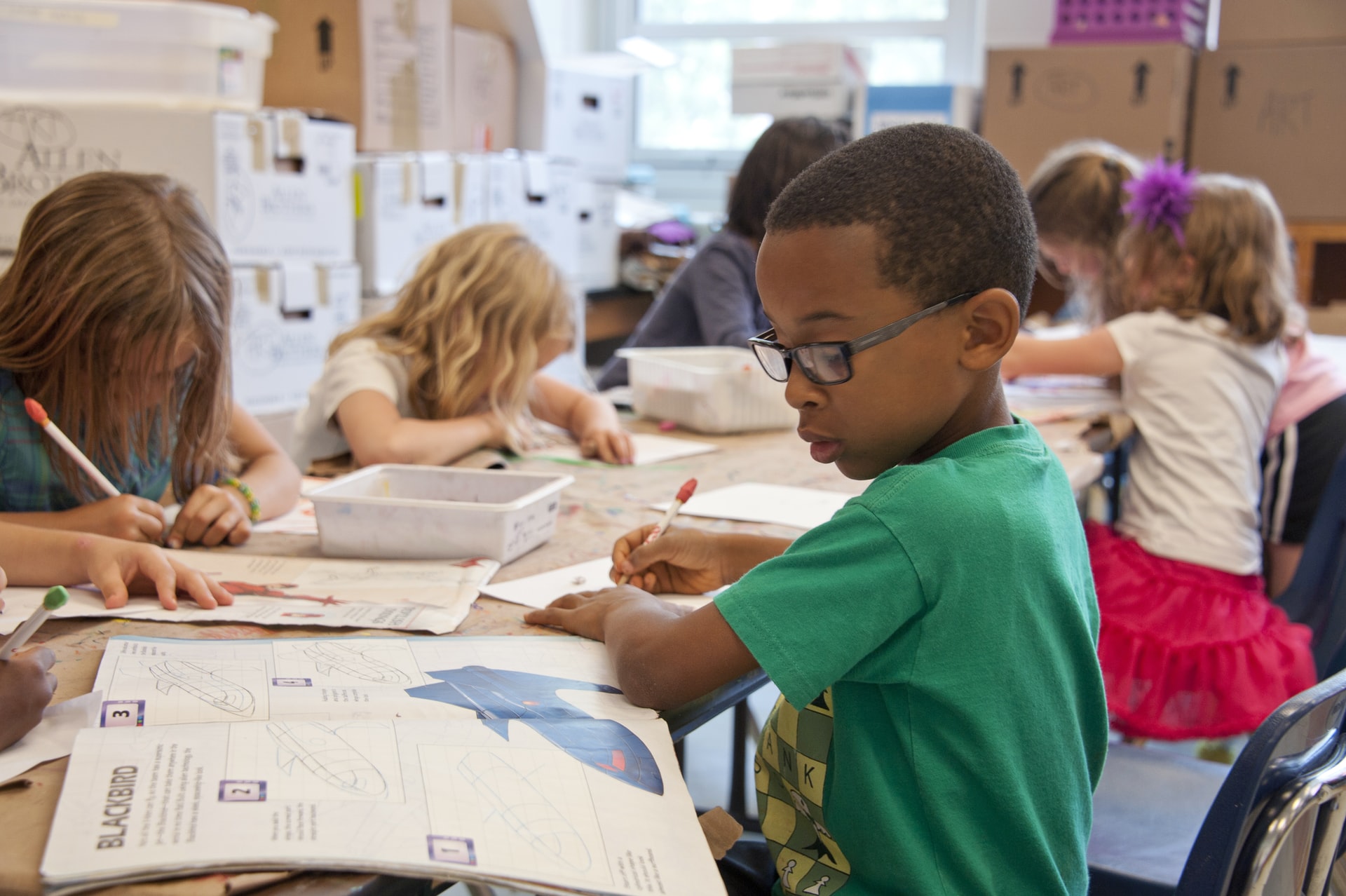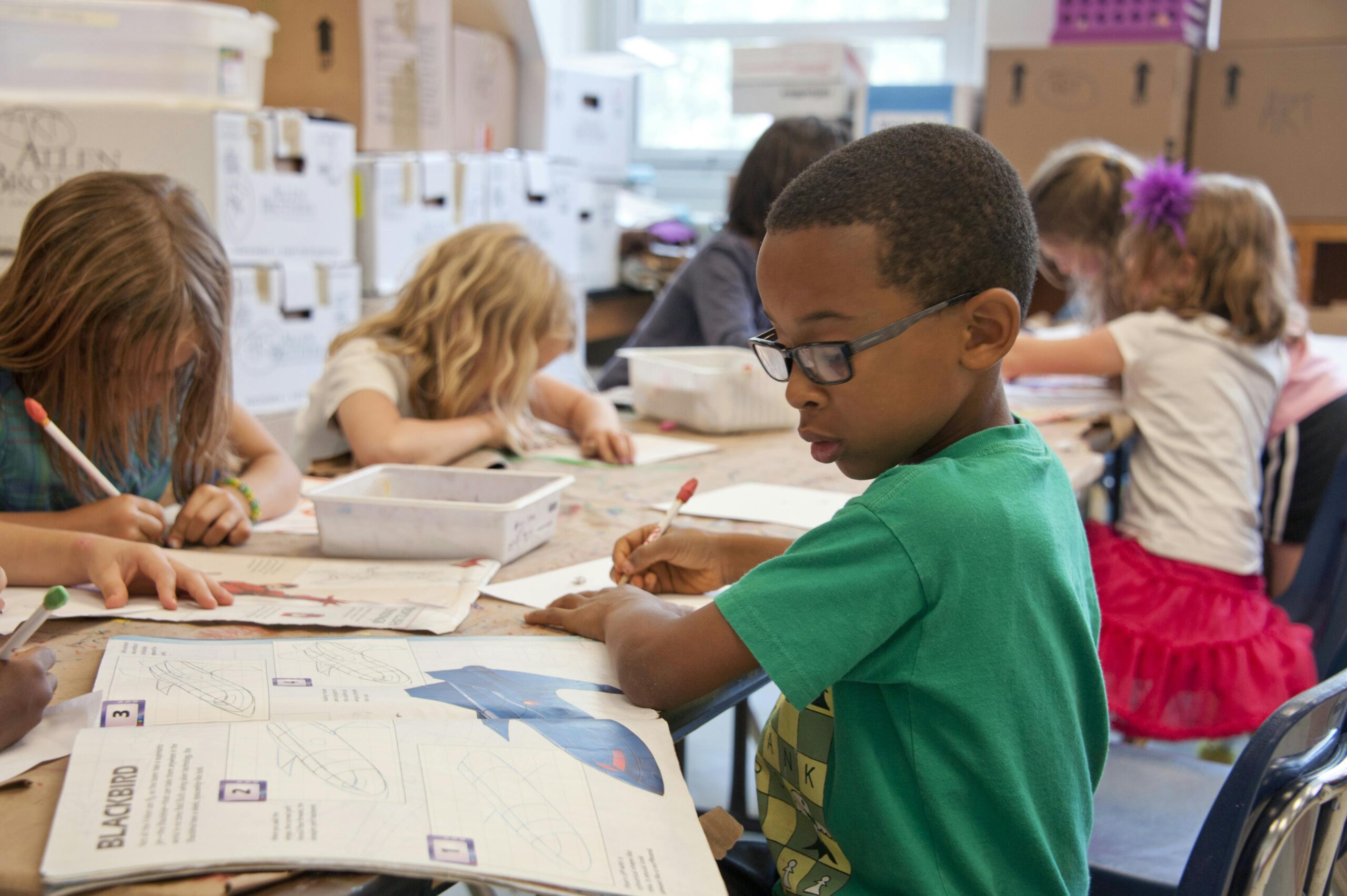When it comes to creating a stimulating learning environment, there are several approaches teachers can take. There is nothing worse for both students and instructors (but mostly students) than having to learn without being engaged in a meaningful way. Although several factors will determine the learning experience, there are helpful steps that you can take to make it a more active and meaningful one.
Here are 6 ways to enhance any learning environment:
- Keep instruction interesting and engaging. If you want to maintain your students’ attention, you will need to switch things up. You can do this by offering instruction in various formats, including using technology (students love videos!), offering short lectures with opportunities for note-taking, group discussions, Q & A, games, and more. Keep in mind that there are many learning styles and it is important to try to accommodate as many as possible.
- Make use of real-world examples. Students learn best when what they are learning is somehow connected to them and their world. Illustrate teaching points by using examples that they can relate to in some way. This may require a little homework on your end, but it will be time well spent.
- Encourage group collaboration. Don’t be afraid to hand over more responsibility to your students. Assign roles as needed and encourage students to participate in group discussions about their learning. Depending on the dynamics of each group, you may have to assist with dialogue but with practice, this will enhance the learning experience by allowing students to have more control over their learning experience. You may want to set up guidelines before taking this step so that all students clearly understand expectations and goals.
- Get students to showcase their work. You may get some pushback on this one, but if you make it a regular part of your classroom environment, you will eventually help students to achieve very important skills, including becoming effective communicators and confident presenters. These opportunities will also allow for peer teaching and learning. Priceless!
- Provide ongoing feedback and reflection. When students invest time and energy into producing work, they should receive some sort of feedback. This can be done in several ways. You can write notes on their work, offer verbal feedback in passing or at a set time, via email, or by creating a visual board designated for this purpose. Students will be encouraged and guided by this one simple act.
- Use technology sparingly and effectively. I think it goes without saying that today’s students know their digital tools and spend a great deal of time using them. However, there are many amazing educational-based apps, programs, and resources that are available for specific content and that offer unique ways for students to engage. Avoid having students read lengthy digital content without some incorporation of pen and paper or a collaborative component.
By implementing these 6 simple steps, you will create a more active learning environment, which is a great thing for both teachers and students alike. Learning can be fun if we take a little time to plan and prepare in advance. Consistency will also determine the long-term outcome. When students know what to expect, they are much more likely to commit to the process. This will surely be a win-win for everyone. Happy teaching!





